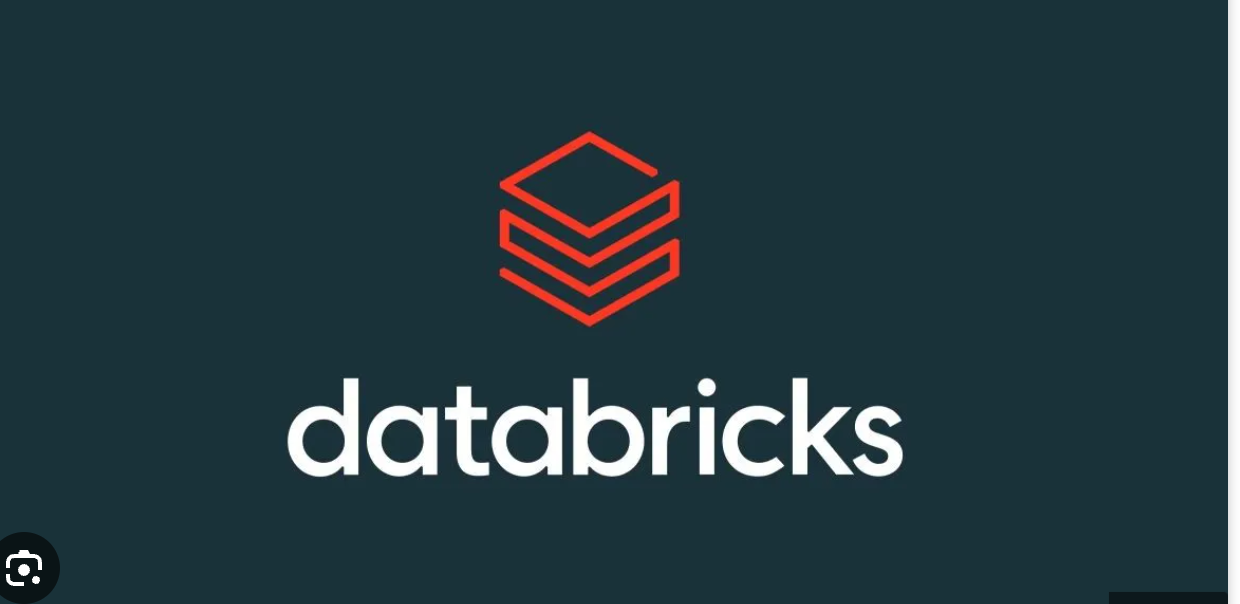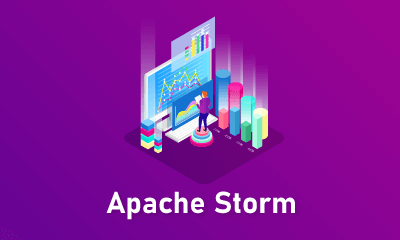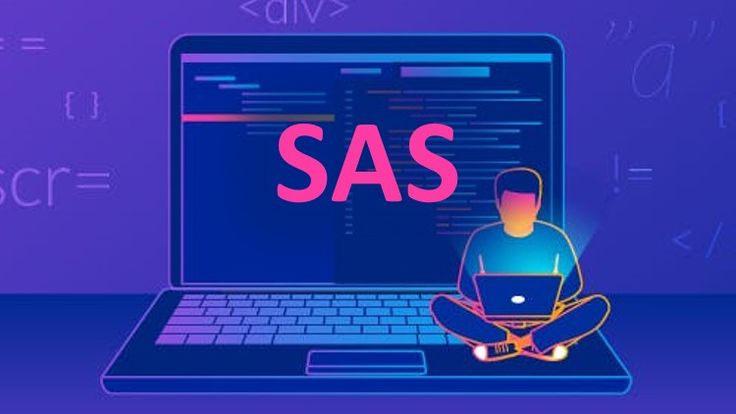Description
Introduction:
This course provides a comprehensive introduction to Databricks, a unified analytics platform powered by Apache Spark. Participants will explore how Databricks simplifies big data processing, machine learning, and real-time analytics. Through hands-on exercises, learners will gain experience in managing data pipelines, executing Spark jobs, and using Databricks notebooks to visualize and explore data. Whether you’re new to big data technologies or looking to enhance your skills in data engineering and analysis, this course is designed to help you get started with Databricks and Apache Spark effectively.
Prerequisites:
- Basic understanding of programming concepts (Python or Scala is recommended).
- Familiarity with cloud platforms (Azure or AWS) is a plus but not mandatory.
- No prior experience with Apache Spark or Databricks is required.
Table of Content:
- Introduction to Databricks and Apache Spark
1.1 Overview of Databricks
1.2 Introduction to Apache Spark
1.3 The role of Databricks in modern data analytics - Getting Started with Databricks
2.1 Setting up a Databricks workspace
2.2 Navigating the Databricks user interface
2.3 Managing Databricks clusters - Spark Architecture and Concepts
3.1 Spark Architecture: Driver, Executors, and Cluster Manager
3.2 Key Spark concepts: RDDs, DataFrames, and Datasets
3.3 Understanding Spark’s execution model - Working with Databricks Notebooks
4.1 Introduction to Databricks notebooks
4.2 Creating and organizing notebooks
4.3 Writing and running code in notebooks (Python/Scala)
4.4 Using Databricks widgets for interactive analysis - Data Ingestion and Transformation with Apache Spark
5.1 Reading data from multiple sources (CSV, JSON, Parquet, etc.)
5.2 Using DataFrames and Datasets for data manipulation
5.3 Performing data transformations with Spark SQL
5.4 Handling large-scale data processing - Optimizing Spark Jobs
6.1 Performance tuning and optimization techniques
6.2 Understanding lazy evaluation in Spark
6.3 Caching and persistence strategies
6.4 Debugging and troubleshooting Spark jobs - Machine Learning with Databricks and Spark MLlib
7.1 Introduction to Spark MLlib
7.2 Building simple machine learning models (classification, regression)
7.3 Model evaluation and tuning with cross-validation - Databricks Collaboration and Version Control
8.1 Collaborative workflows in Databricks
8.2 Using Git with Databricks notebooks
8.3 Best practices for managing code and data versions - Real-time Data Processing with Structured Streaming
9.1 Overview of Structured Streaming in Spark
9.2 Building real-time applications with Databricks
9.3 Streaming data sources and sinks (Kafka, files, etc.) - Deploying and Scheduling Jobs in Databricks
10.1 Using Databricks Jobs to automate workflows
10.2 Scheduling and monitoring jobs
10.3 Integration with third-party services (e.g., Airflow, Azure Data Factory) - Final Project: Building a Complete Data Pipeline
11.1 Design and implementation of an end-to-end data pipeline
11.2 Real-world use cases: ETL, analytics, and reporting
11.3 Best practices for productionizing Spark applications - Conclusion and Next Steps
12.1 Recap of key learnings
12.2 Resources for further learning
12.3 Certification and career paths with Databricks and Apache Spark
To conclude; This training provides a solid foundation in Databricks and Apache Spark, equipping you with the skills to handle large-scale data engineering tasks. Continue exploring advanced topics and resources for career growth in data engineering.
If you are looking for customized info, Please contact us here







Reviews
There are no reviews yet.